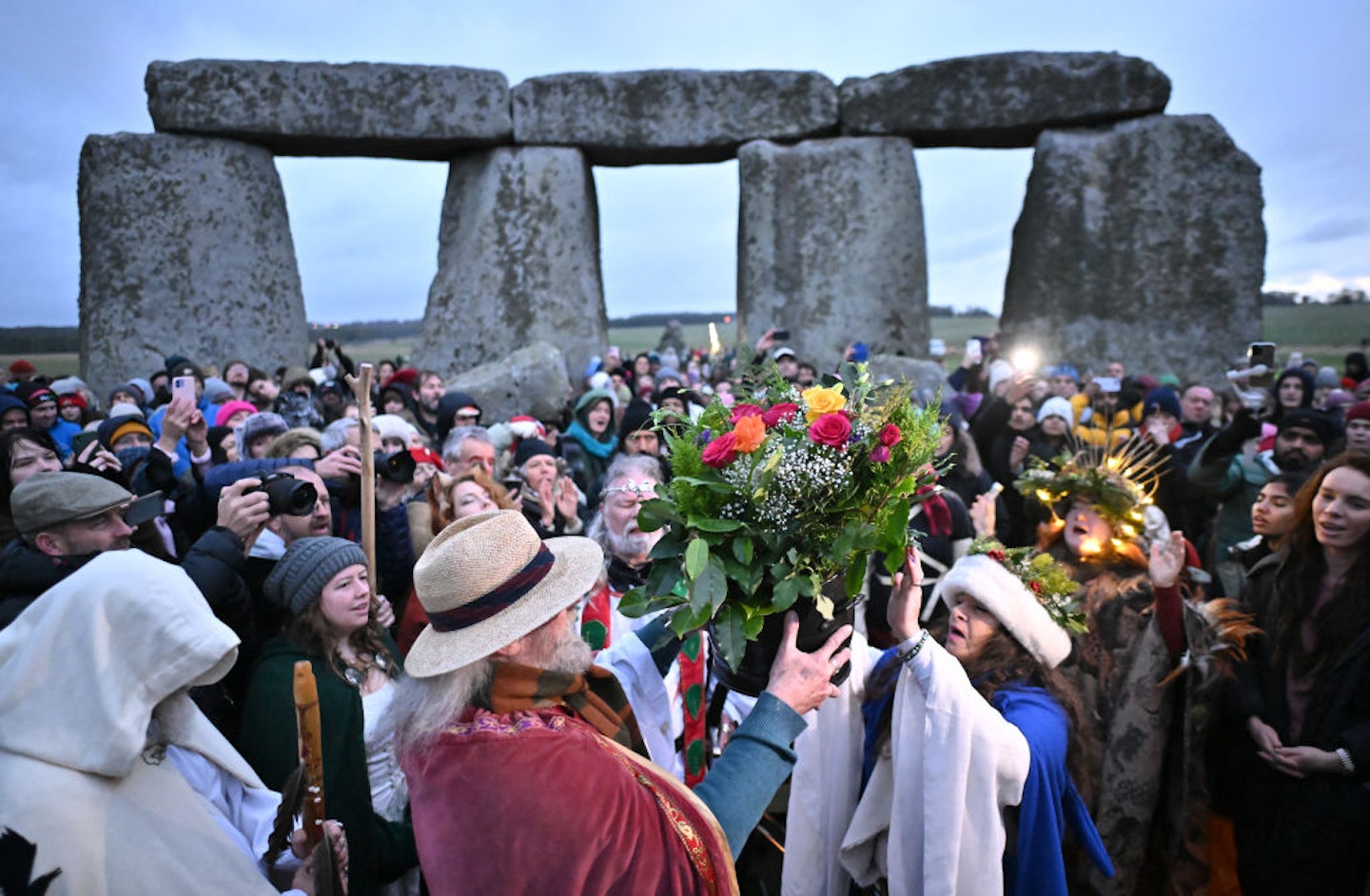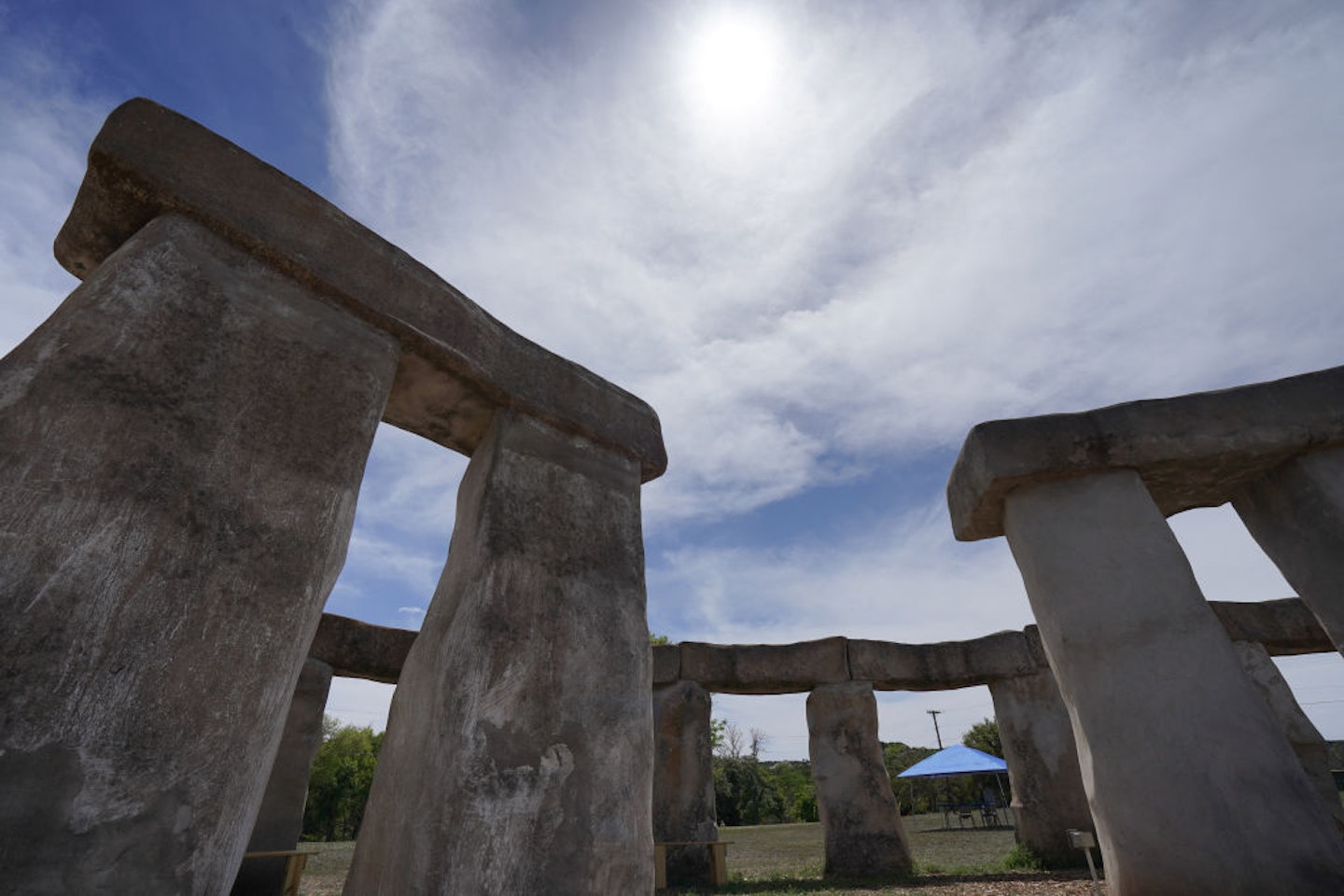Keep hearing about this elusive 'summer solstice', but have absolutely no clue what it means? Don't fret: you're not alone.
Luckily for you, we've done our research and can now safely say that summer solstice is an annual event that has something to do with the sun, and it takes place every summer.
Not quite enough information for you? Here's everything you need to know about summer solstice...

What is summer solstice?
Here's the basic answer: summer solstice is generally known as the day that marks the start of summer, and is classified as the longest day of the year. Basically, you'll get more hours of sunlight on that day than any other day in the year.
And here's the technical answer: summer solstice is when the northern hemisphere of the Earth is most tilted towards the sun, hence why we get more sunlight and the day is extra long. During the winter solstice, it's tilted furthest away from the sun, which results in fewer hours of daylight.
When is summer solstice?
The date varies every year, but is usually between June 20th and 22nd. For 2024, summer solstice falls on Thursday 20 June (that's today!).
Today will supposedly be the longest day of the year, as the sun rose early this morning before 4am, and isn't due to set until after 10pm.
Despite the fact that the weather couldn't have been much worse recently, it turns out that summer solstice 2024 is one of the earliest that we've had in 228 years. Yep, summer solstice hasn't been this early since 1796!
What does Stonehenge have to do with summer solstice?
Although nobody really knows why Stonehenge was created, theories point to the idea that it was made to mark the sun's movements. The giant stones that make up Stonehenge have stood in the same spot since 3,000 - 2,000 BC, and it's believed that they're positioned to align with the sunrise on the two annual solstices - summer and winter. So, this ancient prehistoric site is often seen as a place of worship and celebration for the start of summer.

Yesterday Just Stop Oil protestors sprayed Stonehenge with orange paint ahead summer solstice as part of their campaign to get the government to sign up to a legally binding treaty to phase out fossil fuels by 2030.
Both Sir Keir Starmer and Rishi Sunak responded to the group's decision with the prime minister calling it 'a disgraceful act of vandalism to one of the UK’s and the world’s oldest and most important monuments'.
Labour leader Sir Keir said, 'The damage done to Stonehenge is outrageous. Just Stop Oil are pathetic. Those responsible must face the full force of the law.'
When is summer solstice in the southern hemisphere?
Known also as the December solstice, summer solstice in the southern hemisphere falls between 20-23 December in accordance with the Earth's rotation and position from the sun.
How do people celebrate summer solstice?
People from all over the world celebrate summer solstice through festivals, rituals and feasts. Druids aka people who follow Druidism take this occasion very seriously. Druidism is described as a shamanic religion that is concerned with the natural world and its powers. Druids celebrate summer solstice as a religious occasion.
Other people simply see is as a day to worship the sun. Us? We're stuck at work, but we reckon that we could fit in a drink at a pub this evening to mark the longest day of the year. After all, it is something to celebrate...
